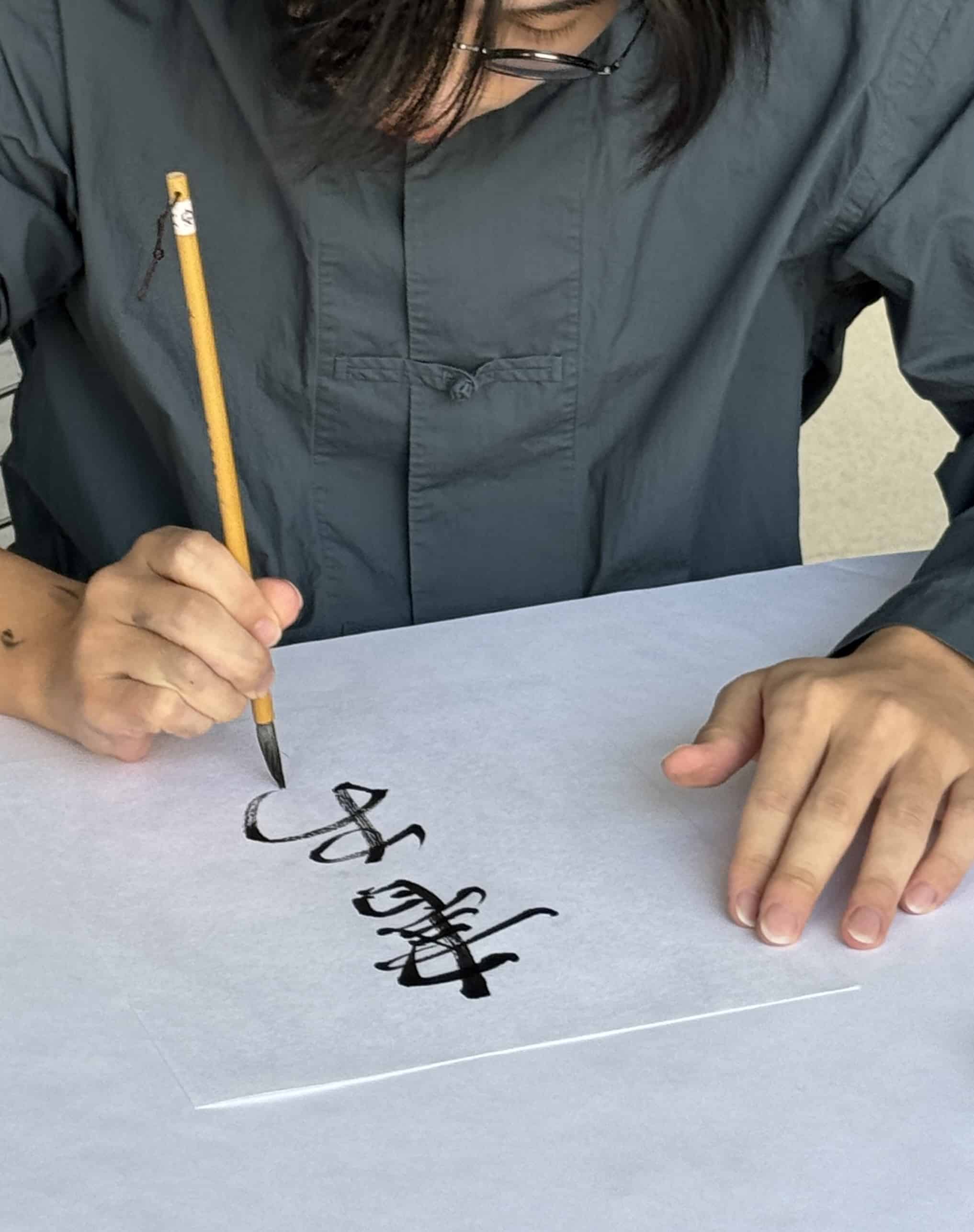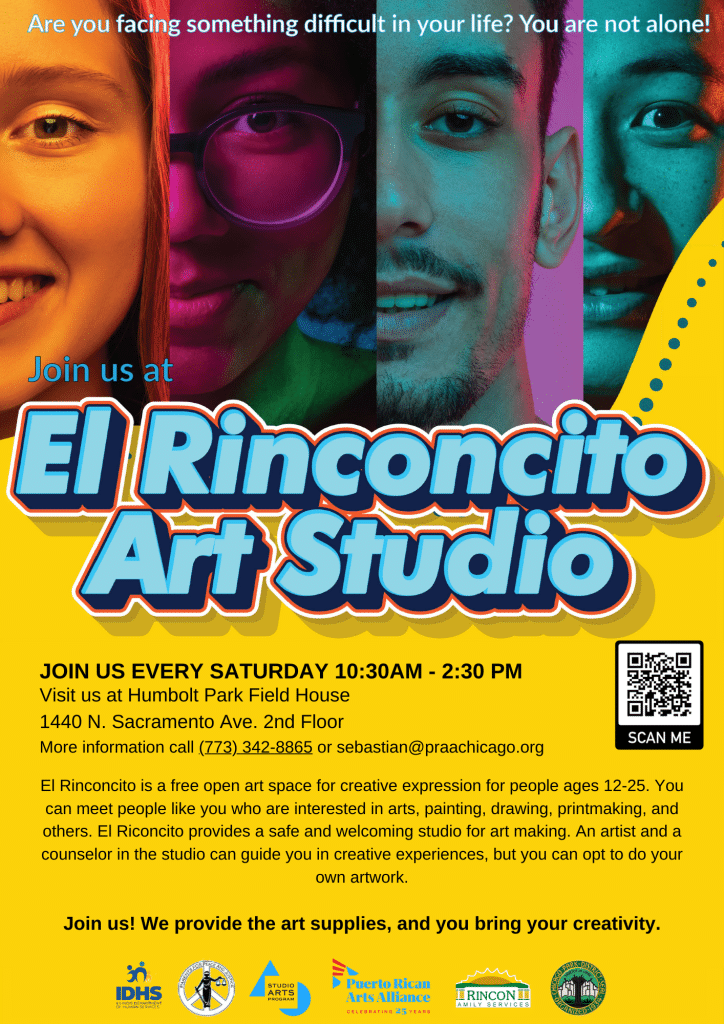
- This event has passed.
Calligraphy Workshop with Yuzhe Cao
May 4 @ 2:30 pm - 3:30 pm
$10.00 – $15.00
Chinese calligraphy is a traditional and ancient art form with a history that stretches back more than 3,000 years. As a unique blend of writing, painting, and poetry, it has been used throughout Chinese history and culture for a variety of purposes, such as communication, art, and self-expression.
In this workshop, you will learn about the history and ancient techniques of Chinese calligraphy, and have the opportunity to create your own work of art. Our professional calligraphy instructor will introduce you to the different styles of calligraphy, guiding you through the basics of brush and ink techniques. You will discover the symbolism and meaning behind Chinese characters, and how calligraphy has been used throughout history. By the end of the workshop, you will take home a unique piece of calligraphy, now having a deeper understanding and appreciation for this timeless art form.
About the Instructor:
Yuzhe Cao is a graduate student in the University of Chicago’s Master of Arts Program in the Humanities, studying pre-modern Chinese art history. He obtained his BA in Modern Chinese History at the Ohio State University. He has studied calligraphy for over 10 years.
Calligraphy History
The earliest examples of Chinese calligraphy date back to the Shang Dynasty (1600-1046 BCE), when characters were written on oracle bones for divination purposes. During the Zhou Dynasty (1046-256 BCE), calligraphy began to be used for other purposes as well, including literature and art. Calligraphers during this time developed a variety of styles, including the seal script and the clerical script.
In the Han Dynasty (206 BCE-220 CE), calligraphy became more standardized, with the development of the regular script. This style of calligraphy was used for official documents and inscriptions, and it was characterized by its even and balanced strokes.
During the Tang Dynasty (618-907 CE), calligraphy reached its peak as an art form, with the development of the cursive script and the running script. These styles were more fluid and expressive than the regular script, and they allowed calligraphers to express their personalities and emotions more freely. In the Song Dynasty (960-1279 CE), calligraphy continued to evolve, with the development of the semi-cursive script and the elegant and refined style known as the “scholarly style.” Calligraphers during this time focused on precision and subtlety, and they often used calligraphy as a way to express their philosophical and literary ideas.
During the Ming (1368-1644 CE) and Qing (1644-1912 CE) Dynasties, calligraphy continued to be an important art form, with many famous calligraphers creating works that are still admired today. In modern times, calligraphy has continued to be an important part of Chinese culture, with many people practicing it as a hobby or profession. Today, Chinese calligraphy remains an important cultural tradition in China and is admired around the world for its beauty and complexity.
Please note that events may be canceled or postponed due to unforeseen circumstances.
“AAPI Heritage Month Cultural Festival 2024” is sponsored by Chicago Community Trust.
Accessibility
The Heritage Museum of Asian Art’s Entrance is on West 35th Street. Take the elevator to the third floor and turn right to the Museum Reception Desk. Accessible and standard toilets are located on the same floor. Free parking space is available next to the museum, accessed via West 35th Street.
Email at [email protected]
Phone at 312-842-8884

